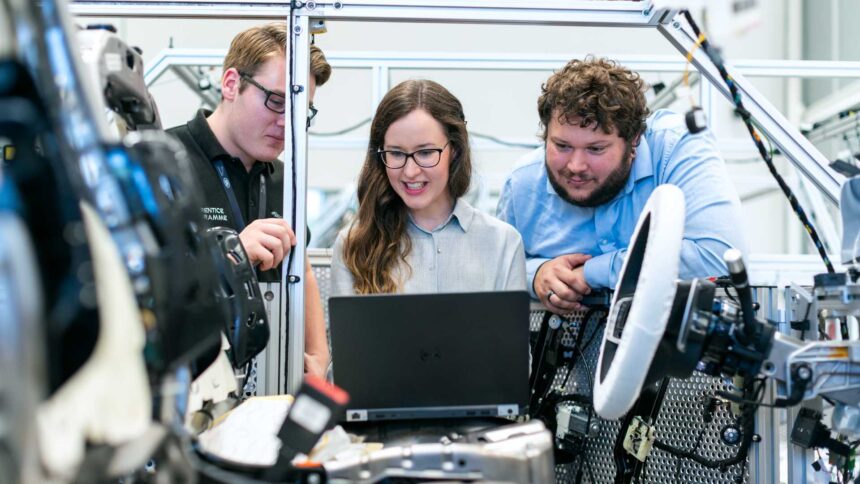
It’s natural for businesses to try to save money by taking on their own system integration (SI). However, when businesses attempt to complete everything on their own, they frequently become overwhelmed by the amount of infrastructure that arrives at the datacenter—a lot of packaging, a lot of components, and a lot of widgets to locate and integrate. There might still be hundreds of boxes even if you only build 20 racks. After that, you try to locate, arrange, and connect all of the pieces. And there’s always the potential failure of manufacturer components—typically a 4 percent failure rate.
It may look like you’re saving a lot of money going in, but it’s often more expensive, simply because most organizations don’t have the facilities or experience to integrate hardware in an ideal fashion.
A network administrator or software administrator doesn’t likely have the expertise to configure and validate the hardware. In addition to racking, stacking, and integrating hardware, the network administrator has many other tasks that are more important than configuring all of the switches and setting security permissions. Where an integrator of systems can help On the other hand, an experienced SI partner can manage the complete project, from start to finish.
A good SI partner can both help you determine what hardware is needed and execute the full breadth of the integration: project management, testing and validation, and delivering ready-to-go infrastructure to your facility. Better organization, increased productivity, and a shorter time to new infrastructure are the outcomes. A systems integrator should be involved as soon as a company realizes it needs new infrastructure. The two parties should collaborate from the beginning to determine the business strategy and requirements, select the appropriate hardware for the organization, and create the integration plan. Constant communication ensures that teams are fully aligned and that everything stays on track.
Redapt’s system integration approach Teams from Redapt’s end-to-end SI solution receive the hardware, check the inventory, and assign the appropriate hardware to each project. Teams are responsible for assembly and integration, testing to specifications, installing the appropriate firmware, loading the software, carrying out validation, and finally packaging and shipping the product to its final destination. As a full-scale, full-service solution provider, we are unique due to our expertise and knowledge. We have been implementing for well over 20 years, so we are always up to date on the most recent and appropriate technologies. We are able to assist large organizations in scaling quickly due to our experience.









